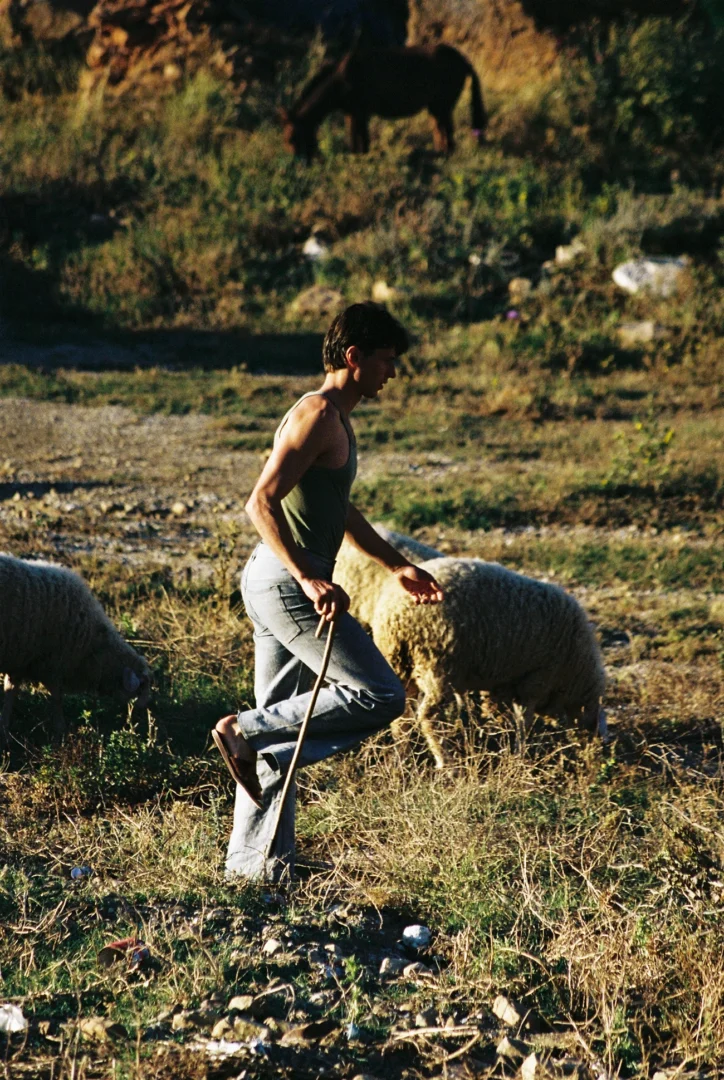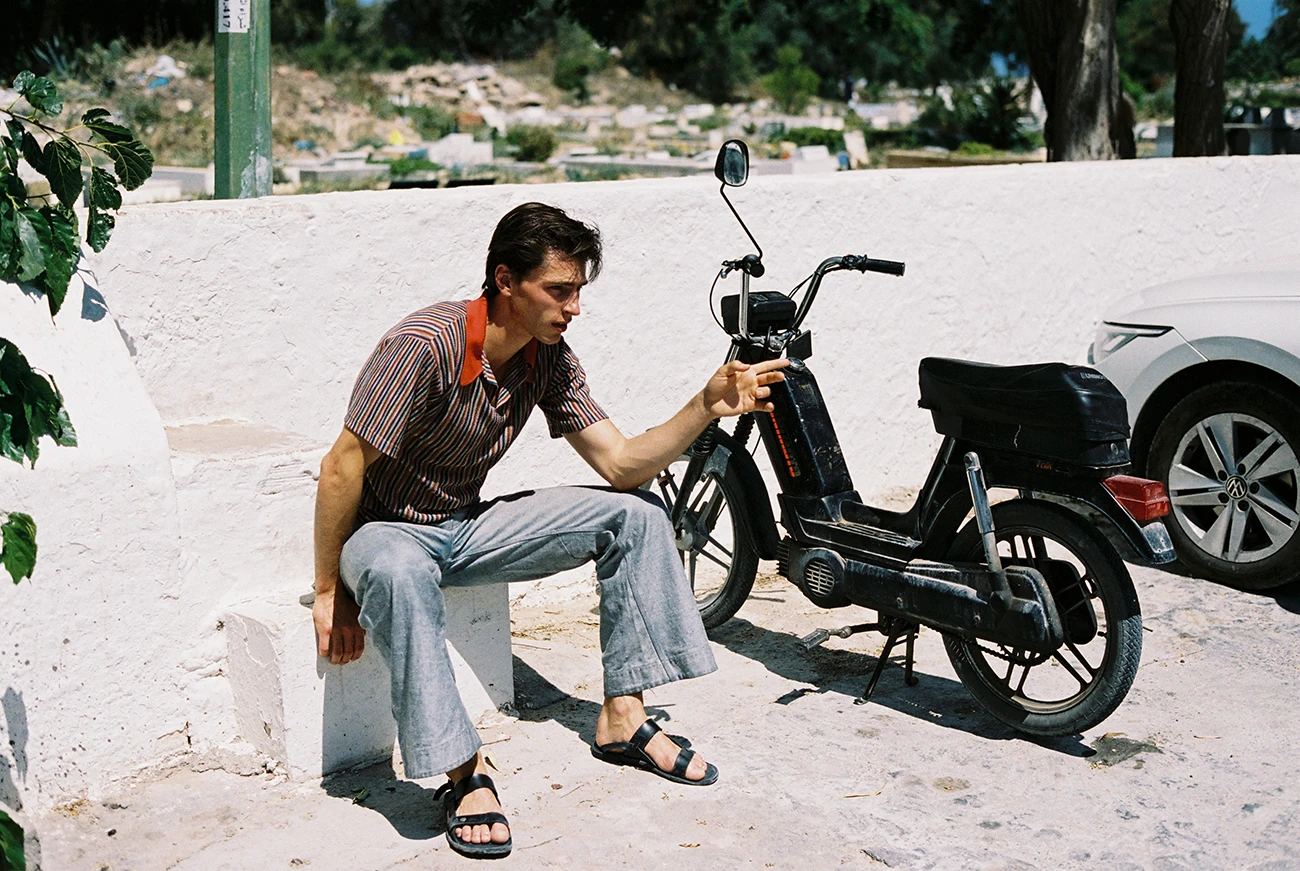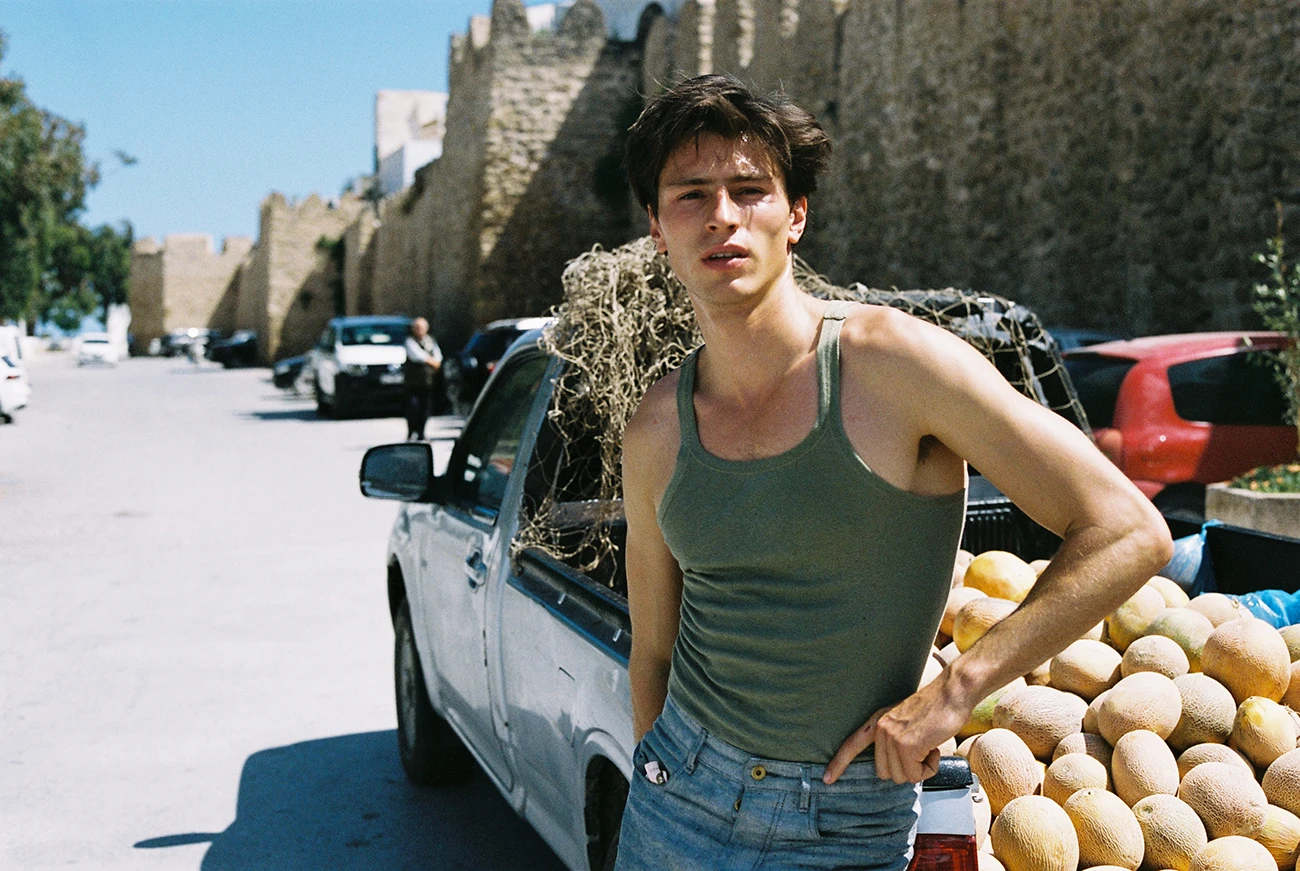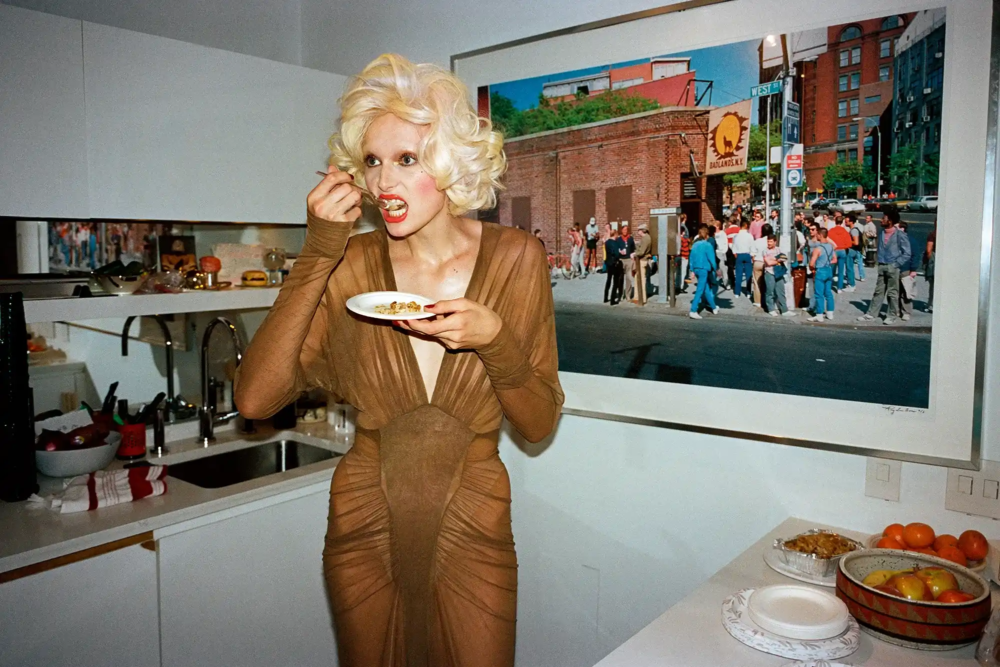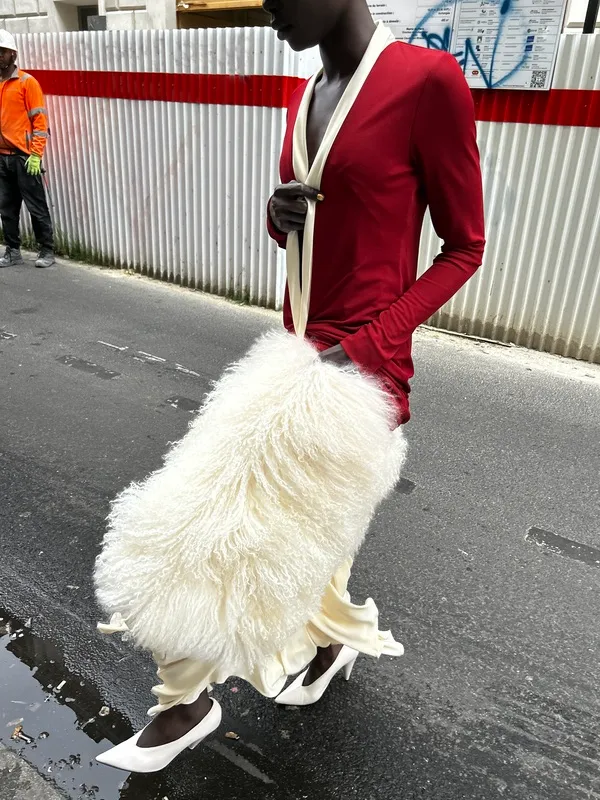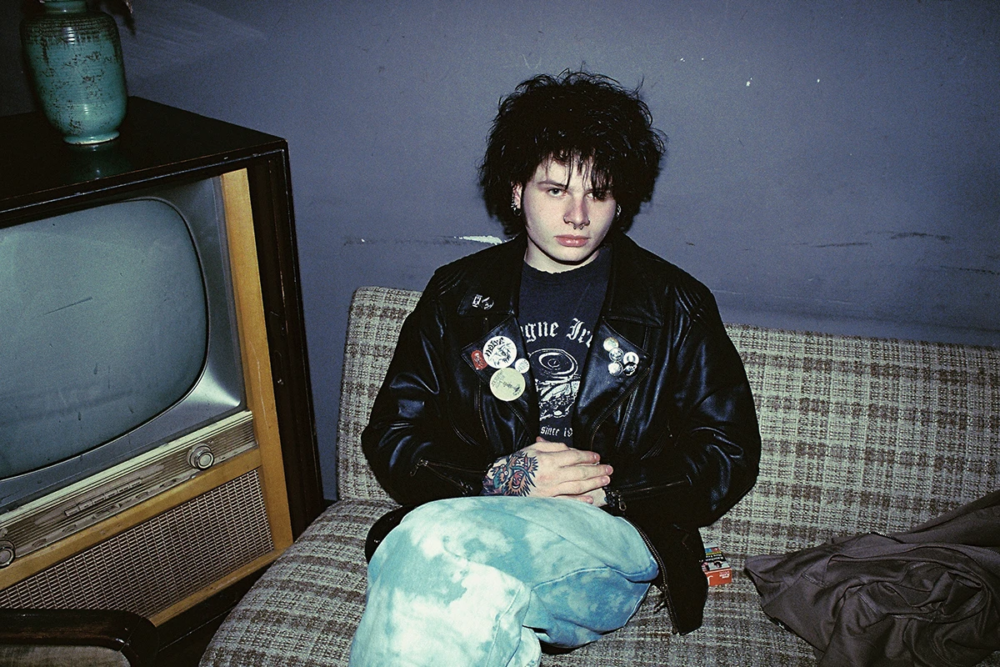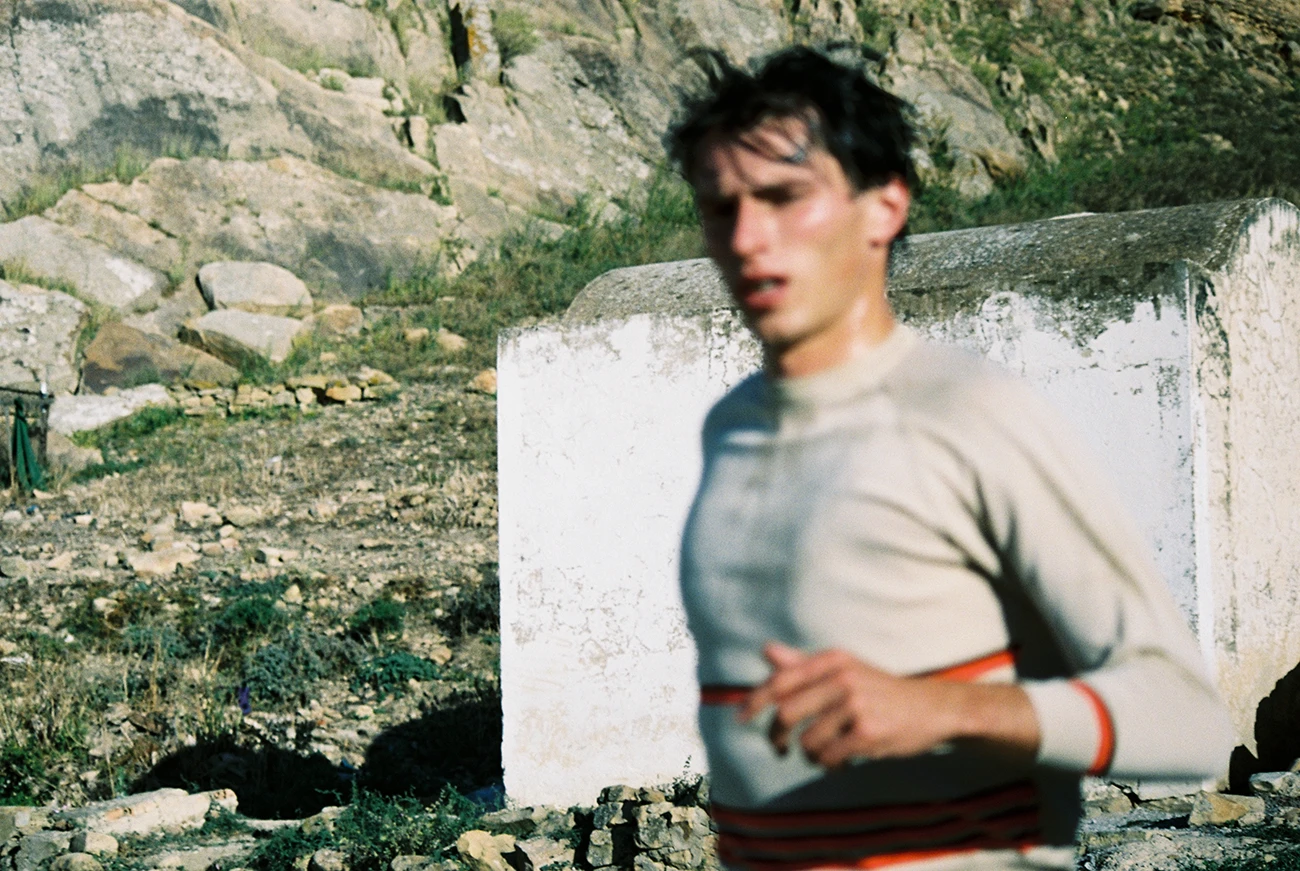
The Tunisian Shepherd – learning to dismiss the luxury of waste
Photographer Akila Berjaoui and Clément LaGuardia uncovered the quiet resilience of Tunisia’s shepherds — revealing a raw portrait of ancestral living, slow fashion
Tunisia’s timeless shepherds: Echoes of simplicity in a modern world
Tunisia is a place where time feels elastic. A land suspended between what once was and what persists today, it carries within its dry winds and weathered hills the weight of thousands of years of human presence. Yet, in its more remote regions, particularly among the shepherding communities, Tunisia reveals a version of life that has remained unchanged for centuries.
For photographer and stylist Akila Berjaoui and model Clément LaGuardia, a creative partnership sparked by chance evolved into a journey of discovery. Their shared project, The Tunisian Shepherd, is more than a visual narrative — it is a study in quiet resistance, a reflection on sustainable living, and a meditation on the power of simplicity.
Why Tunisia remains one of North Africa’s most mysterious destinations
Tunisia has long been seen as the quieter cousin in the Maghreb region. Less commercialized than Morocco, less politically saturated than Algeria, it sits with a kind of understated dignity. From the Berber villages of the south to the Roman ruins of Dougga and El Djem, the country is layered in textures — historical, spiritual, architectural — and yet, much of it remains overlooked.
For Clément, Tunisia is more than a backdrop; it is a place of resonance. “It’s a place where everything is allowed to live,” he explains, “sometimes to the point of collapse — a country of ruins, of simplicity, and of immense heart.” That ethos underpins the entire narrative of The Tunisian Shepherd, where decay and endurance coexist, offering a form of beauty that is both fragile and defiant.
Shepherding in Tunisia: A way of life rooted in survival and care
In Tunisia’s hinterlands, the figure of the shepherd is not a relic of the past but a living embodiment of continuity. Shepherds traverse the dry steppe and arid hills with their flocks, often walking for miles under an unrelenting sun, guided only by instinct, memory, and a knowledge of the land.
Their routines are defined by the rhythms of nature — the shifting seasons, the needs of the animals, the availability of water. In a digital age, this analog existence feels radical. It also reveals a deeper truth: that survival, when stripped of ornament, is a quiet form of resistance.
Finding peace in the forgotten: The radical calm of rural Tunisia
Akila Berjaoui, who arrived in Tunisia after immersing herself in vintage books and historical images, was struck by something far more visceral: silence. “The calm and rawness of a place somewhat forgotten by the rest of the world,” she writes. It is a silence that seeps into the bones, that invites observation, reflection, and a kind of unlearning.
In the shepherds, she found a mirror — not just of another time, but of another state of being. One untroubled by external validation, digital noise, or the manic cycles of trend and consumption.
The Tunisian Shepherd: A visual call to slow down and rewild
The project, The Tunisian Shepherd, is both an aesthetic exercise and a philosophical inquiry. “It’s about tuning out of the noise and tuning into the environment,” Akila notes. “It’s about a shedding of the cumbersome and a return to primal states, a call for Mother Nature.”
The styling follows the same ethos. There are no designer credits, no sponsorships. Instead, each piece of clothing was sourced second-hand — some from the vintage markets of Paris, others found online by Clément. Every garment has a story, repurposed and recontextualized in a land where the reuse of materials has always been a way of life, not a trend.
Upcycling, reuse, and the shepherd’s quiet sustainability
There is a striking synergy between shepherd culture and the contemporary sustainability movement. While the latter often finds itself tangled in greenwashing and contradictions, the former has never had the luxury of waste. Everything in shepherd life — from the garments they wear to the way they build their homes — is guided by necessity, durability, and respect for the earth.
By sourcing second-hand clothing and shooting without the demands of commercial sponsorship, Akila and Clément emphasize this inherent sustainability. It’s not about fashion in the traditional sense. It’s about an attitude — one that values presence, resourcefulness, and resilience over spectacle.
The Tunisian Shepherd, photography Akila Bejaoui, talent Clément Laguardia



